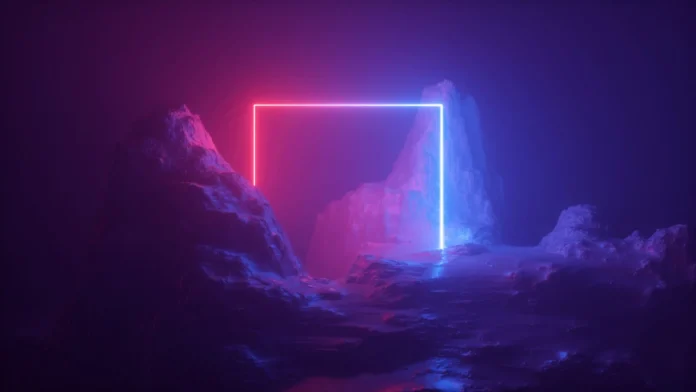In an era where experiences reign supreme, themed environments have emerged as a powerful tool in the arsenal of industries ranging from entertainment and hospitality to retail. These meticulously crafted spaces are designed to captivate and engage, transporting visitors into different worlds and leaving them with lasting impressions. This blog post will take you behind the scenes of themed environment creation, revealing the artistry, innovation, and meticulous attention to detail that goes into crafting these immersive experiences.
The Power of Themed Environments
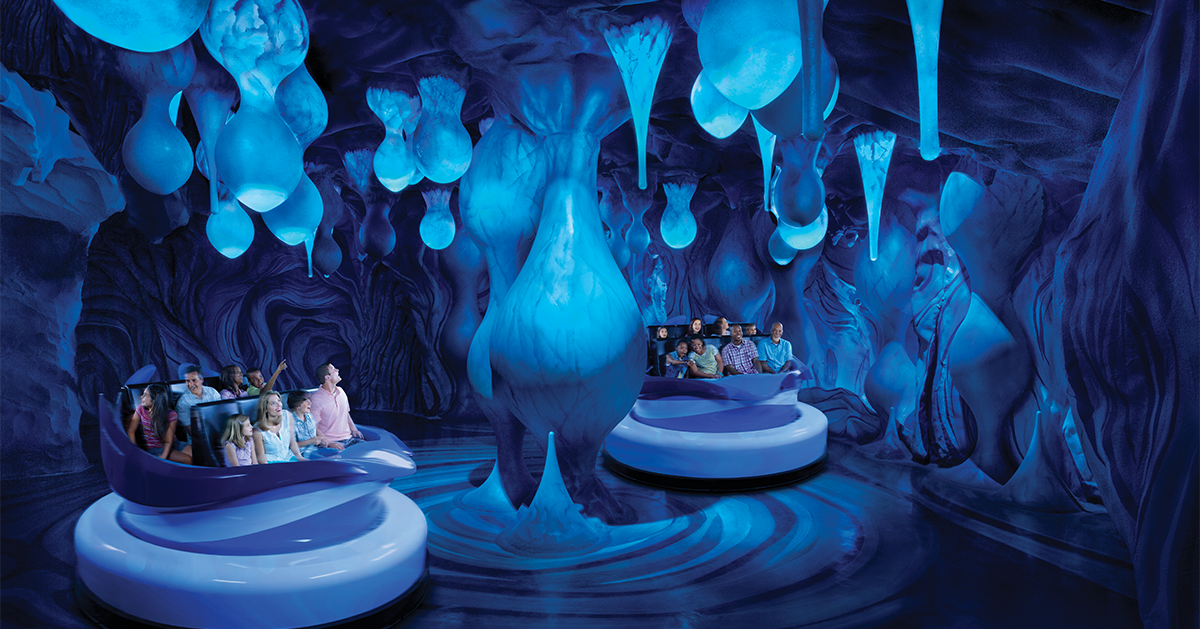
Themed environments are more than just aesthetically pleasing spaces; they are powerful storytellers that evoke emotions, stimulate the senses, and create memorable experiences. From the whimsical lands of Disneyland to the immersive worlds of Harry Potter at Universal Studios, themed environments transport individuals to different worlds, immersing them in narratives that resonate on a deeply emotional level. The impact of these environments extends beyond the immediate experience, leaving lasting impressions that visitors carry with them long after they’ve left the space.
Concept Development and Storytelling
The creation of a themed environment begins with concept development and storytelling. This initial stage is crucial in setting the direction for the design and execution process. A compelling narrative serves as the backbone of the themed environment, guiding every decision from the overall layout and design elements to the smallest details. This narrative is not just about creating a backstory for the environment; it’s about crafting a story that visitors can step into, becoming active participants in the unfolding narrative.
Research and Inspiration
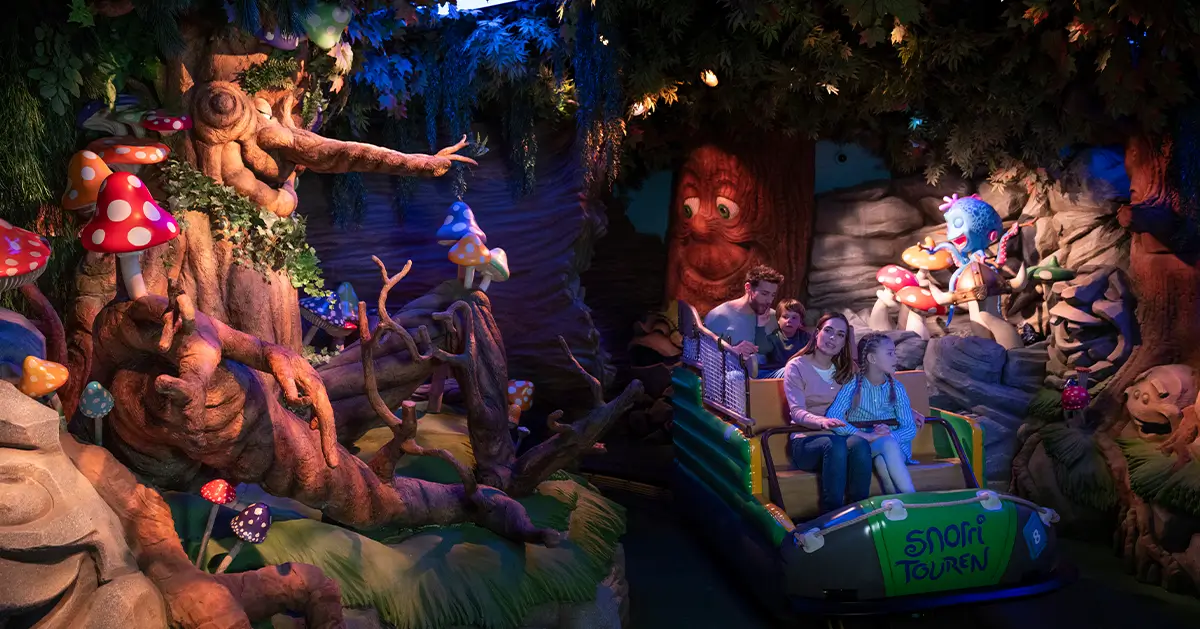
Extensive research and inspiration-seeking form the bedrock of themed environment design. Designers delve into historical periods, cultures, architecture, and art to inform their designs, ensuring authenticity and depth. This research is not limited to the thematic elements of the surroundings; it also extends to understanding the target audience, their preferences, and how they interact with the space. This comprehensive approach ensures that the final design resonates with visitors and delivers a truly immersive experience.
Collaboration and Teamwork
The creation of a themed environment is a collaborative endeavor that brings together a multidisciplinary team of architects, designers, artists, engineers, and craftsmen. Each member brings a unique set of skills and perspectives to the table, contributing to the realization of the vision. This collaboration extends beyond the initial design and construction phase, with ongoing input from operations and maintenance teams to ensure the surrounding continues to deliver immersive experiences over time.
Technology and Innovation
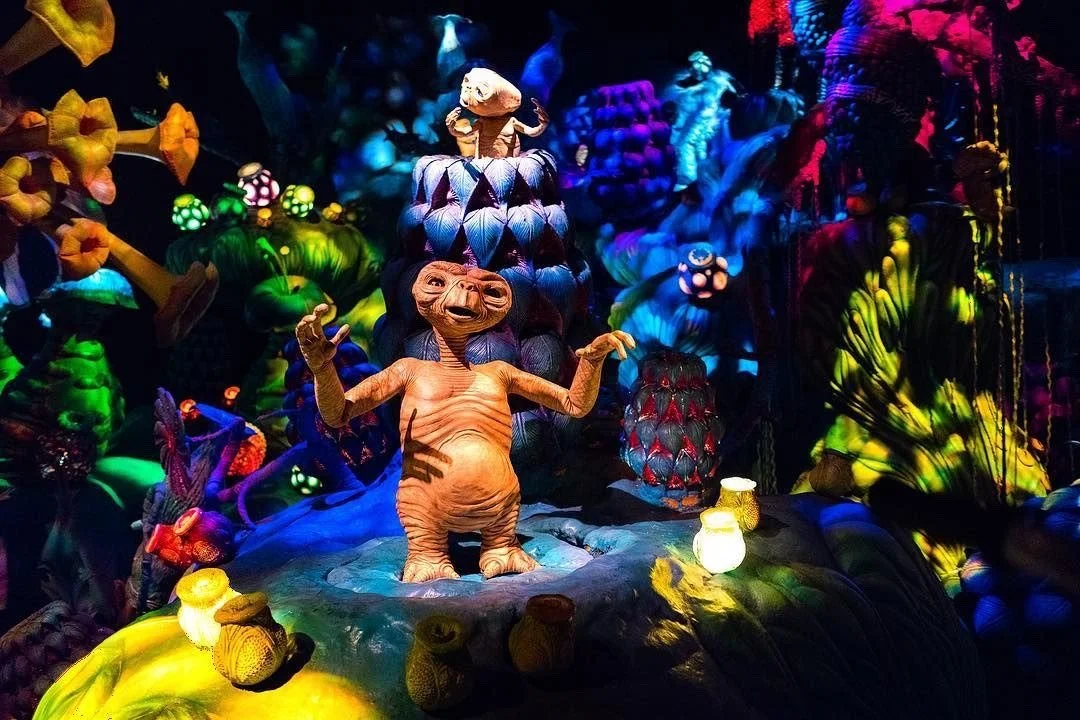
Technology plays a pivotal role in enhancing themed environments. Cutting-edge technologies like augmented reality, virtual reality, projection mapping, and interactive elements are used to create immersive experiences that go beyond the physical environment. These technologies allow designers to push the boundaries of what’s possible, creating spaces that engage visitors in new and exciting ways.
Spatial Design and Layout
The principles of spatial design and layout are critical in themed environments. Elements such as pathways, focal points, lighting, and sound design are carefully orchestrated to guide visitors through the space, enhancing the narrative and creating a sense of immersion. The layout is designed to facilitate flow and movement, while also creating opportunities for discovery and exploration.
Material Selection and Theming
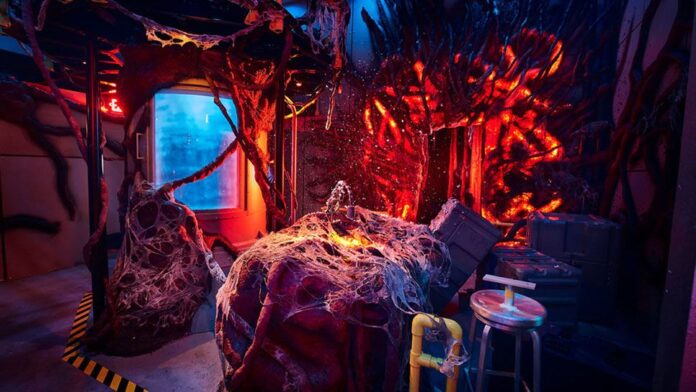
Material selection and theming play a significant role in creating authentic and immersive environments. Props, set pieces, textures, and colors are carefully chosen to enhance the thematic elements and transport visitors to different worlds. This attention to materiality extends to the tactile experiences, with designers considering how different materials feel to the touch, adding another layer of immersion.
Attention to Detail and Craftsmanship
Attention to detail and craftsmanship are hallmarks of themed environment creation. Meticulous craftsmanship and fine details contribute to the overall authenticity and realism of the experience. From the intricate carvings on a faux stone wall to the carefully aged patina on a prop, these details may seem insignificant on their own, but together, they create a cohesive and believable enclosure.
Guest Interaction and Engagement
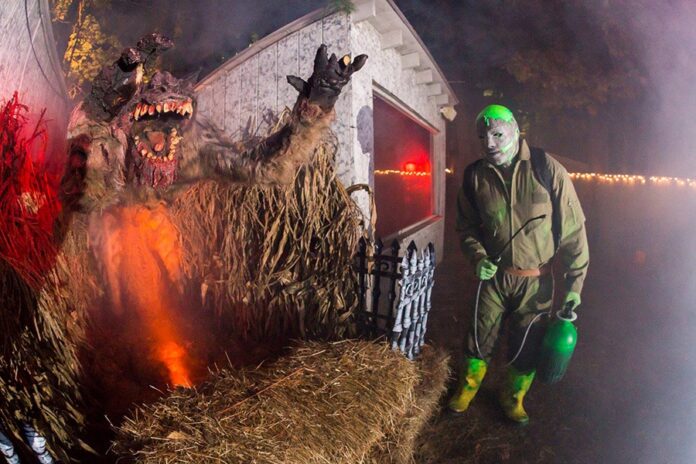
Promoting guest interaction and engagement is a key aspect of themed environment design. Interactive elements, gamification, and role-playing are used to encourage active participation and create memorable moments. These elements transform visitors from passive observers to active participants, deepening their connection with the space and enhancing the overall experience.
Lighting and Sound Design
Lighting and sound design play a critical role in setting the mood and atmosphere of themed environments. Carefully orchestrated lighting and sound effects can enhance the immersive experience, transporting visitors to different worlds. From the soft glow of a lantern in a medieval castle to the eerie sounds of a haunted house, these elements work together to create a multisensory experience.
Maintenance and Sustainability
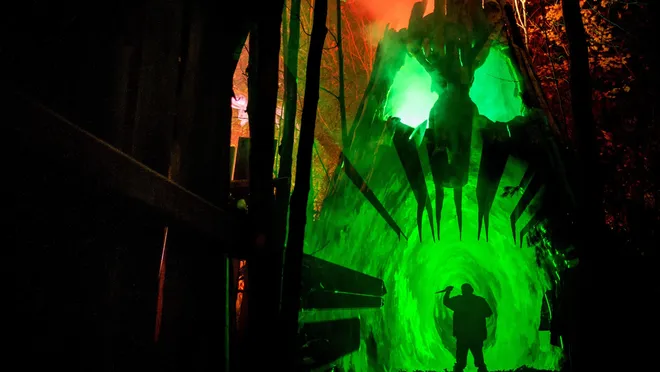
Ongoing maintenance and sustainability are crucial in themed environments to uphold the immersive experience. Regular upkeep, repairs, and refurbishments are necessary to ensure that the environment remains in optimal condition and continues to captivate visitors.
Additionally, sustainability practices play an increasingly important role, with designers actively considering the environmental impact of materials, energy usage, waste management, and the integration of eco-friendly technologies to create environmentally responsible themed experiences.
Future Trends and Innovations
The field of themed environment creation is a dynamic landscape, continually evolving to meet the demands of ever-changing guest expectations. Emerging trends and innovations are driving the future of immersive experiences. Advancements in technology, such as artificial intelligence, augmented reality, and interactive installations, are revolutionizing the way themed environments are designed and experienced.
Furthermore, sustainability and eco-conscious practices are gaining momentum, encouraging designers to incorporate renewable materials, energy-efficient solutions, and sustainable construction methods into the fabric of themed environments. The future holds exciting possibilities for pushing the boundaries of creativity and immersion in themed environment design.
Conclusion
Themed environments offer a powerful means of creating immersive experiences, captivating visitors with their artistry, innovation, and attention to detail. As we’ve explored in this blog post, the creation of these environments is a complex process that requires extensive research, collaboration, and a deep understanding of storytelling, design, and technology. Whether you’re a designer, a business owner, or simply a fan of immersive experiences, there’s no denying the impact and potential of themed environments. So next time you step into a themed environment, take a moment to appreciate the craftsmanship and creativity that went into its creation.
